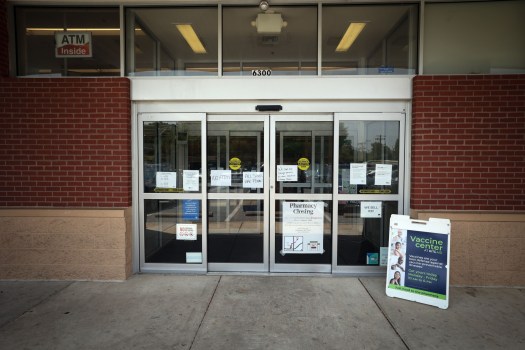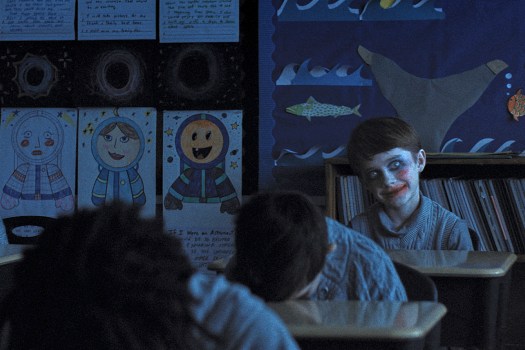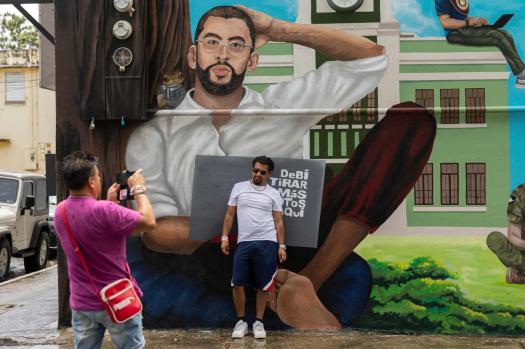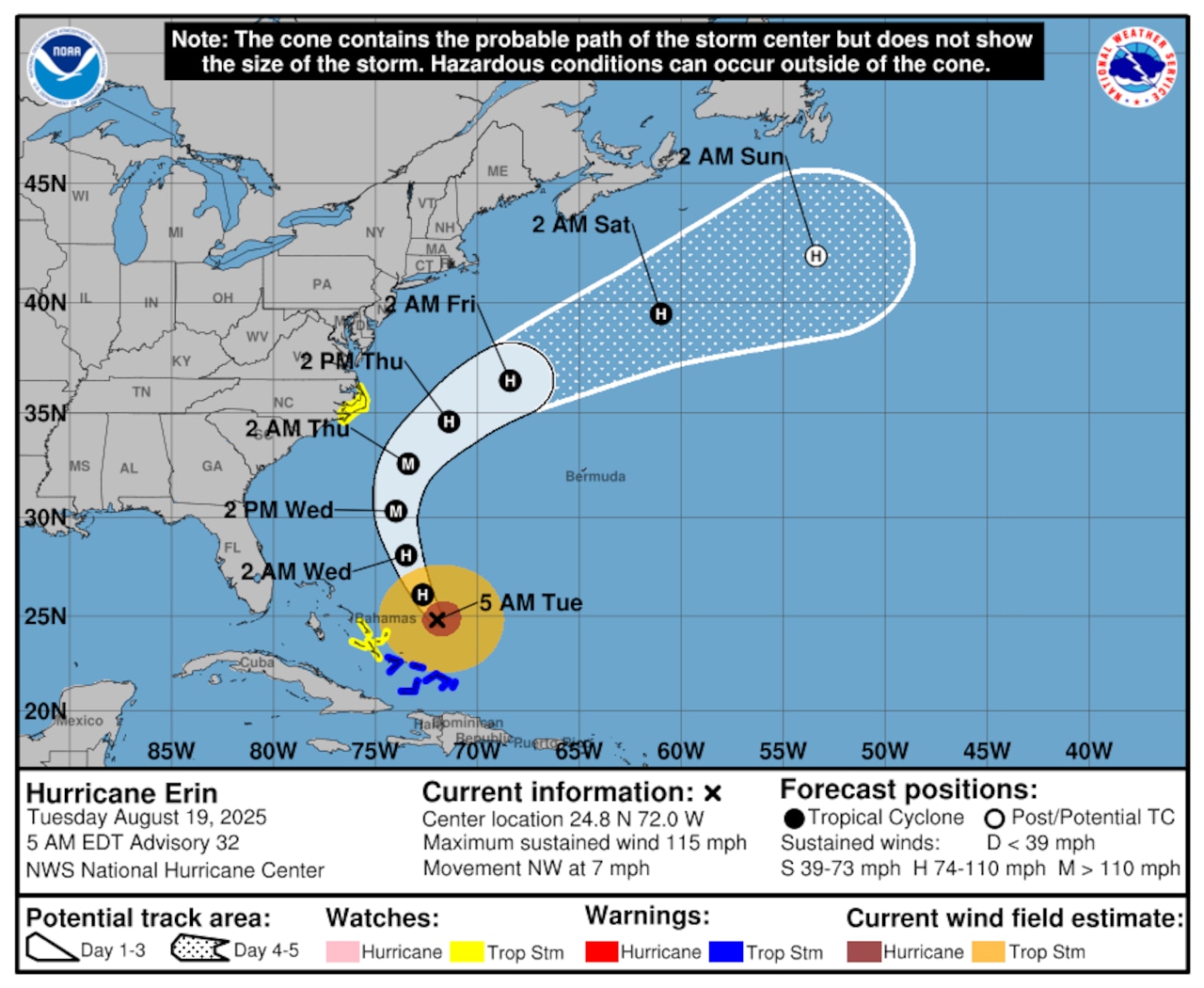During its last week in mid-June, customers who wandered into Rite Aid at Gittings Marketplace discovered a closed pharmacy, empty refrigerator cases, and a selection of 90% off greeting cards and cosmetics, but not much more.
On York Road, across from the North Baltimore drugstore, a Party City sign stands atop a structure that the balloon and party supplies company abandoned in February. There are still large areas at the former Bed Bath & Beyond and Walmart stores three miles distant at Towson Place.
As faltering big box and chain retailers speed up store closures due to fierce competition, economic difficulties, and consumers’ increasing reliance on internet shopping, this pattern is being replicated throughout the Baltimore area and beyond. A few retailers declared bankruptcy. Many that were supported by private equity grew too rapidly and accrued debt.
According to Neil Saunders, managing director of GlobalData, a retail intelligence and consultancy firm, “every retailer that has closed has had something else that hasn’t been going quite right for them, and they’ve been pushed over the edge.” Imminent trade tariffs and a weakening economy won’t help, too. A few of the retailers that have collapsed were not extremely innovative or customer-focused.
Party City, Big Lots, Macy’s, Kohl’s, Joan Fabrics (which is closing all 800 of its stores in the United States), and other companies are in trouble.After a rise last year, Coresight Research predicts that shop closures would quadruple this year to roughly 15,000. Analysts concur that the in-store experience is far from over, though.
According to James Cook, Americas director of research, retail, for JLL, “it looks like we’re in a retail apocalypse, but if you look at the numbers, our vacancy for retail real estate is very low across the U.S.” The dynamics around the appropriate applications of physical retail are changing. Physical retail is not disappearing.
Inflation and consumers’ increasing inclination to buy online for the best bargains have contributed to recent closures, according to Deborah Weinswig, CEO of Coresight, which made its projections earlier this year. In addition to seeking the best deals, they are impatient with establishments that are consistently disorderly, out of stock, and provide subpar customer service.
Retailers are struggling to determine what customers want next and how they want their needs to be satisfied, both online and offline.
According to Leann Sabb, a 38-year-old Nottingham, Baltimore County resident, finding what she needs in stores has gotten harder. She has learned to depend on Target as her one-stop shop for food, clothes, and other necessities. She also frequently shops online.
“I suppose it’s simpler than going out,” Sabb remarked. Almost anything can be brought to you.
Off-price businesses like Burlington and Nordstrom Rack are expanding and launching new stores. Dick’s Sporting Goods, a large box store, wants to expand by introducing novel experience ideas. Health and medical services, as well as leisure activities like indoor pickleball, are occupying some of the previous shop space.
For senior adults like Zina Finch, 87, who has only ever shopped in person and has lived in the North Baltimore and Towson communities since her college days at Morgan State University, all the comings and goings might be unnerving.
“I’ve noticed the shift, and it’s a little annoying when so many places close,” she added. You must develop the ability to adapt. It’s difficult to adjust, particularly if you’re accustomed to visiting particular stores.
In order to attract customers, retailers are attempting to provide them with compelling reasons to shop as well as value for their time and money.
According to a March Retail Dive story, Lauren Hobart, the CEO of Dick’s, informed analysts during an earnings call that the company intends to make large investments in digital and physical spaces, including growing the House of Sport and Field House brands.According to observers, Dick’s has been successful in luring customers away from mass merchants and department stores with innovative ideas like batting cages and climbing walls.
According to Jen Maisch, a spokesperson for Kimco, the center’s real estate broker, Dick’s has taken up one of the long-standing positions at Towson Place in a former Bed Bath & Beyond. The old Walmart is still unoccupied, and the home goods store shuttered in 2023 as part of a company bankruptcy.
In an email, she stated, “We’re actively marketing the Walmart space, and there’s been considerable interest.”
According to Brad Buslik, a principal at H&R Realty, a variety of national, regional, and local shops seeking to grow their businesses usually express interest in newly available space.
Party City’s more than 12,000 square feet of vacant space at Anneslie Shopping Center, which the real estate firm represents, is attracting interest, according to Buslik.
According to him, the shopping center is in a really good location, and there isn’t a lot of large format retail space available in the market right now. There is a need for groups to expand, yet there isn’t much new development going up anywhere. You do notice interest when supply enters the market.
According to him, the proprietors of the shopping center are driven to ensure that they make the best choice for both the neighborhood and the shopping center.
Drugstores are among the recent retail closures; Walgreens closed 1,200 outlets over three years, while CVS is still reducing the number of its stores. According to observers, chain pharmacies have overgrown and hurried to stay ahead of rivals at multiple intersections without making adequate investments in their customers.
According to Saunders, the pharmacies frequently have lengthy wait times, the service is poor, and many customers have moved elsewhere. They frequently charge more for necessities, which is something that customers don’t desire.
In May, the once-dominant Rite Aid filed for its second bankruptcy, stating that it intended to liquidate all of its assets due to its huge debt and liabilities from opioid epidemic lawsuits. It has already begun moving clients’ prescriptions to other pharmacies and announced the closure of 15 Maryland locations, the majority of which are in the Baltimore area, as part of hundreds of closures.
According to a May 5 announcement from Rite Aid CEO Matt Schroeder, the 60-year-old pharmacy’s financial difficulties have been made worse by the quickly changing retail and healthcare environments in which it operates.
According to Cook, certain drugstore locations—particularly solitary locations in rural areas—may be the hardest to fill.
This is due to the fact that that kind of space is anticipated to be less in demand than some of the available spaces in malls that house mass retailers and niche brands. For instance, Bed, Bath & Beyond stores were easily adapted for one or two tenants and were usually found in prestigious shopping centers in great locations.
However, Cook noted that a pharmacy is bigger than what the majority of growing tenants are now seeking. Additionally, the majority of the smaller tenants that are growing will be quick service or fast-casual eateries, and those spaces aren’t set up for food.
Store closures have been a result of online shopping, but it still only makes up 14% of total retail sales. 67% of consumers in ten countries who participated in a JLL poll last year stated that they prefer in-person shopping over internet buying.
However, according to a JLL analysis on the future of retail, merchants will need to embrace technology like artificial intelligence and consumer choice in order to remain competitive. According to the paper, AI will eventually be used for jobs like placing store orders and using unmanned drones for deliveries, thanks to technologies that enable smart refrigerators to track food inventory and create shopping lists.
According to the paper, shopping malls should also take this technology into account.
According to one possible future scenario, an interactive billboard may depict an interested bystander how they might appear wearing an item from a designer’s most recent collection.
Saunders claimed that customers have remained strong in the face of concerns about tariffs and price increases.
He asserted that expenditure is not the issue since the benefits of spending are not distributed fairly. Customers are quite picky about where they purchase goods. Some retailers are really struggling to take a cut of that spending, and that s where you see the problems and the failures.
Do you have any news? Contact Lorraine Mirabella at [email protected] or (410) 332-6672












